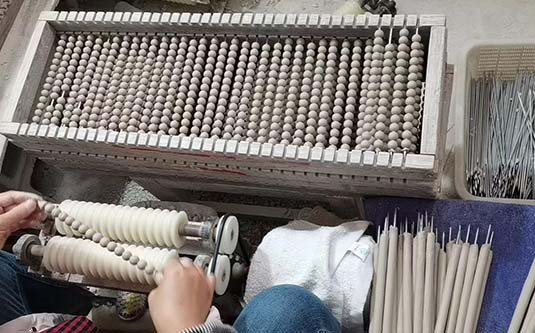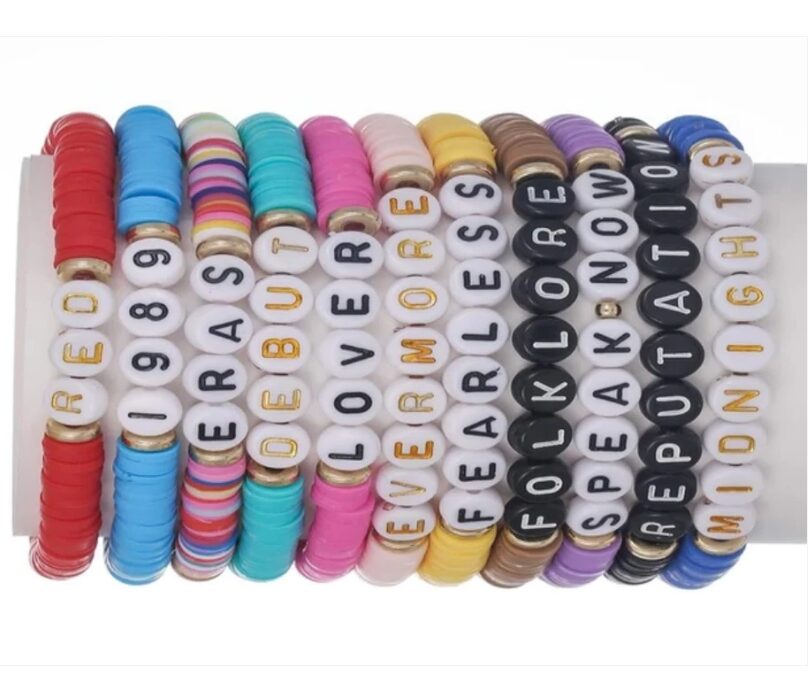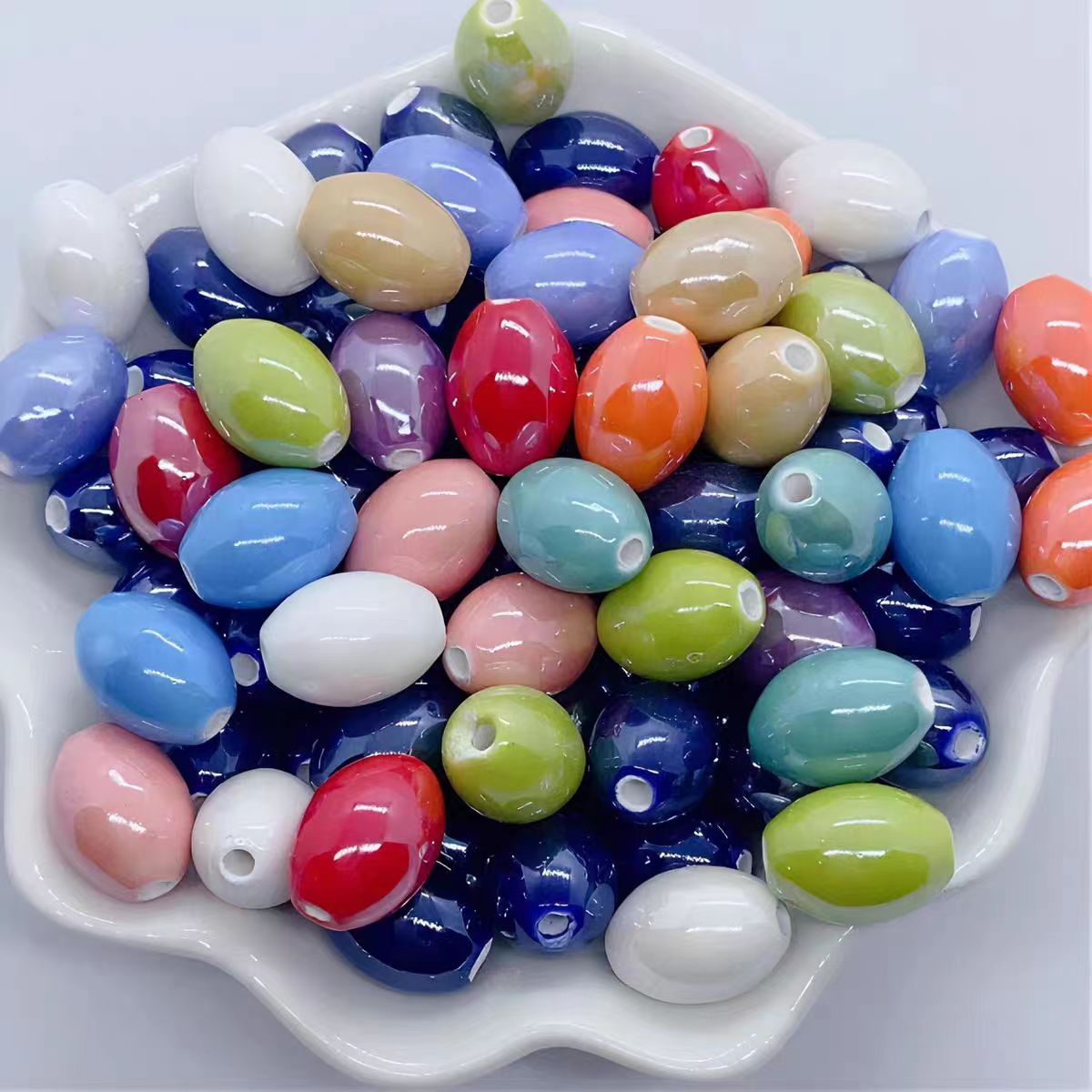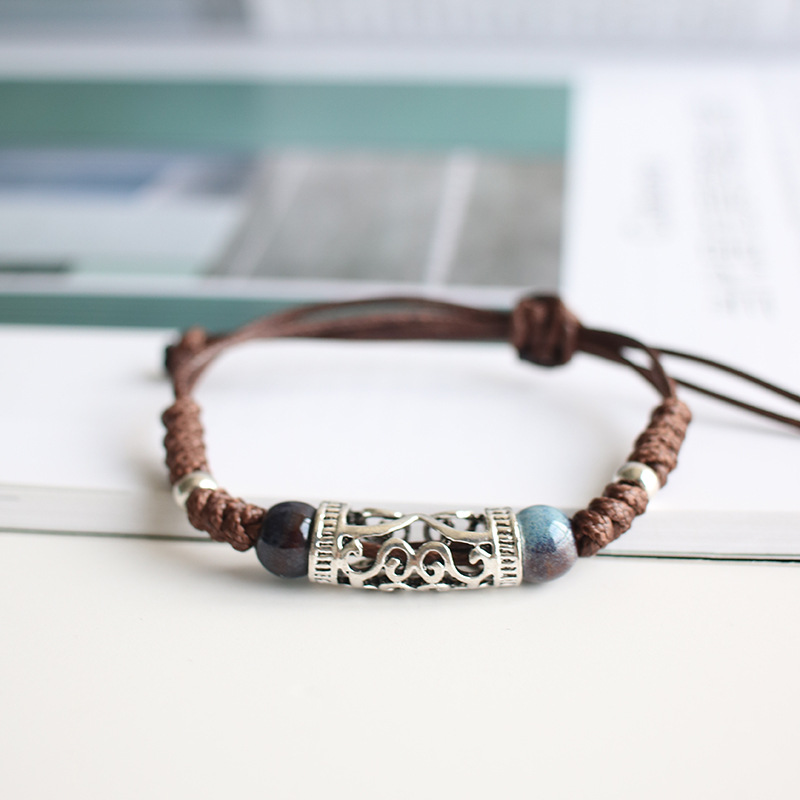
Recent Blogs
Great things in business are never done by one person. They’re done by a team of people. We have that dynamic group of peoples
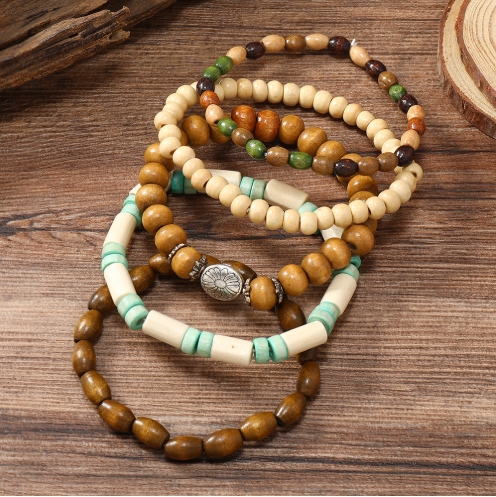
Beaded Stretch Bracelets in Bulk: A Guide to Wholesale Options
Beaded stretch bracelets are versatile, fashionable, and perfect for any occasion.
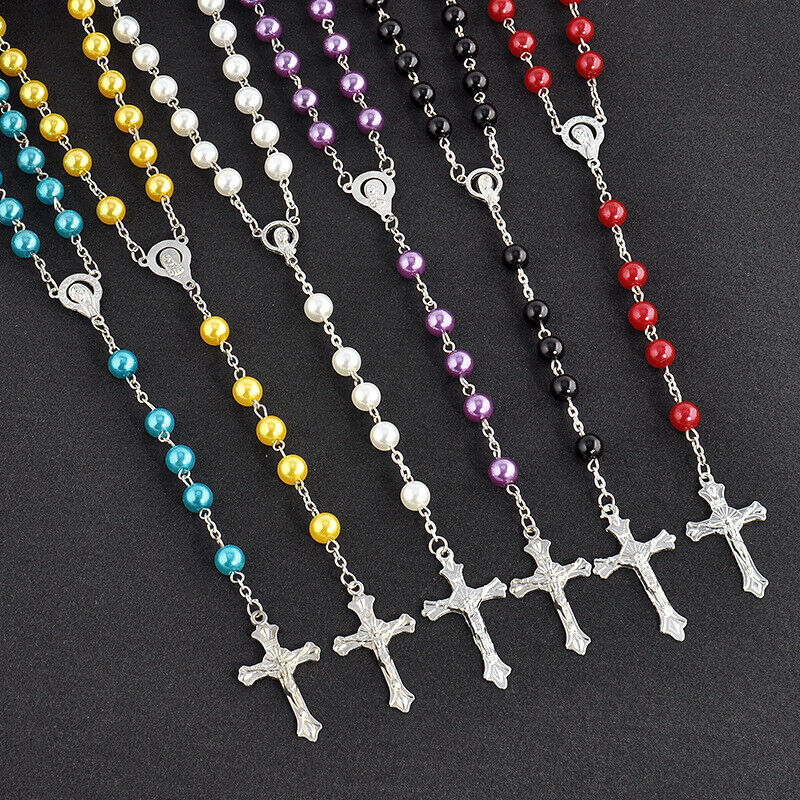
Beaded Cross Necklaces: A Timeless Symbol of Faith and Style
A beaded cross necklace is more than just an accessory; it’s a profound symbol of faith, individuality, and artistry.
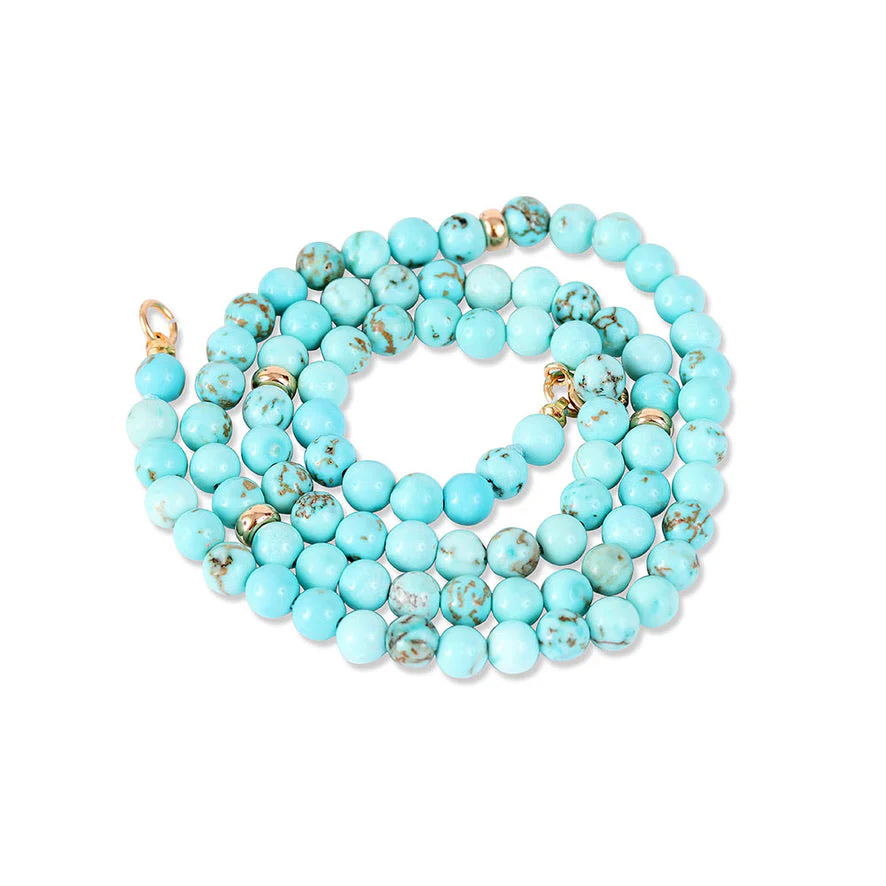
Beaded Turquoise Necklaces: Timeless Elegance and Cultural Charm
Beaded turquoise necklaces are iconic pieces of jewelry that combine natural beauty, cultural significance, and versatile style.

